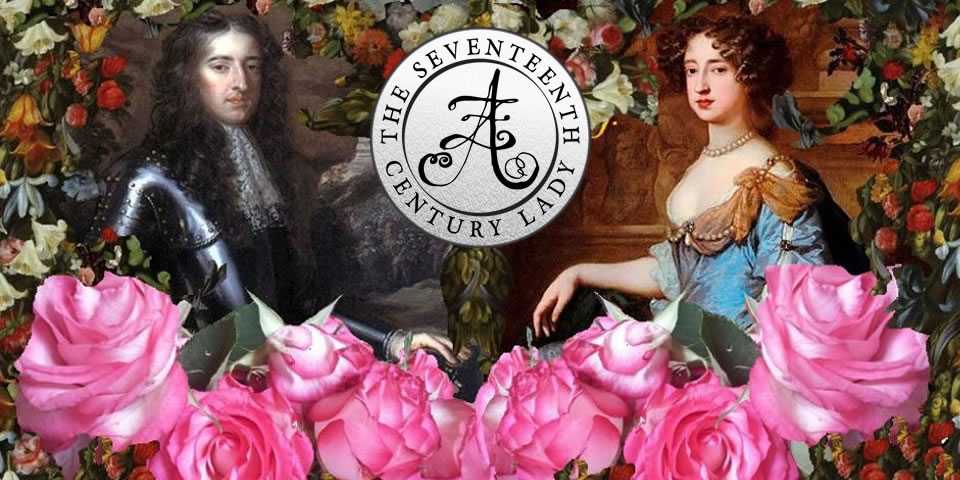It’s quite usual to compliment the author of a work of historical fiction on their research, even though this doesn’t mean much more than ‘we’ve read the same history books’, but there is something to be said for appropriating knowledge that you happen to have, even if it didn’t start out as a considered part of the book.
When I was writing Killing Beauties, I was working from an historical template, a series of ‘known’ events (and I mean known as in there is evidence for them, rather than their being common knowledge) around which I draped the material of my story. A literary farthingale, if you will. But there are bits of the story that have simply appeared in front of me over the course of my more usual academic activities. These are the delightful nuggets of detail that are stored away in the memory and suddenly pop up just when you need them. Such a nugget came to the rescue of one of my characters when she was rather in need of a little camouflage.
I think it was in 2014 or thereabouts. Nadine (Akkerman, my partner and the author of, amongst other things, the rather marvellous Invisible Agents) and I were in Chippenham. We were there trying to track down someone or other (I forget who), and we had been sent there by a footnote. A quick email and the archivist confirmed there were 30 or so letters to and from said individual. A nice day of gentle transcription awaits, we thought. And so we arrived, set up our desk, ordered up our manuscripts and waited. Three bulging A4 folders arrived. 30-odd letters, eh? Whatever. So we set about them (we ended up staying another day and the hotel was fully booked so they upgraded us to the bridal suite. We like Chippenham).
There was one correspondent amongst the pack who wrote regularly from Ireland, and good heavens was he dull. Possessed of an utterly one-track mind, his letters were all hunting, all the time. ‘Bought new hound. New hound useless.’ ‘Lost hawk. Got new hawk. Fine day’s hunting.’ ‘Shot hound.’ And so he went on. Letter after letter after letter. Any normal person would have simply passed on anything more that appeared in his hand, but for some reason I read on. And on. And on. And then, suddenly, this:

The men are generally mighty jealous and ye woemen [unjustlie] proud, one part of wch I forgive them, they are soe fond of fayre hayre yt thos yt have it not of theyre owne, dye it soe, wth a lye made out of ye Ashes of an Ash tree & a cer-taine Mosse yt groweth heere soe yt we will often see blacke bottomes with yellow topps of hayre, the woemen haue no reguard of modesty
What struck me first about this comment was first that in four hundred years nothing much has changed. This man is not only calling these women proud (though he is, it must also be noted, both critical of the men and sympathetic to the women), but he is noting one of the oldest clichés in the book: women assume gentlemen prefer blondes. More than this, however, he is also recognising a problem that the bottle-blonde (or blond) must still tackle today, that is, you may be blonde for a while, but it’s not long before you can see the roots.
It was only then I noticed the method used to bleach the hair – lye mixed with local moss. Lye is sodium hydroxide, an alkaline solution that was used to clean clothes, make soap and as part of the tanning process. The alkali has some bleaching properties, and when applied to hair opens the cuticles and allows dye to be introduced. Dyes were made from various plants, and apparently Letharia vulpina or Wolf lichen not only produces a yellow dye but also contains tannins to act as a fixing agent.
This immediately got me thinking, as lye was either made from soaking wood ash, or could be sourced from rather closer to home. ‘Chamber lye’ was produced domestically. By fermenting urine.
The rest is perhaps inevitable. And I’ll leave it to Diana and Molly to explain just how they put this knowledge to use.

I hope you enjoyed this little extract from Killing Beauties, and do check out my website www.killingbeauties.co.uk and maybe even buy a copy!
© Pete Langman 2019


Certainly fascinating snippet from history….I’m sure no amount of “herbs finely chopped” would ever disguise the provence. Ugh!! Just an aside on a matter of editing:..”and how, prey, do you intend to do that?” Sorry, but as a lover of our wonderful English language, methinks “pray” is the word you meant to use.
Kind thoughts from
Prince Rupert’s Other Wife Jaqueline
Without doubt, but there are always a few typos that slip through the net. My manuscripts are littered with them – accurate typing and Parkinson’s are uneasy bedfellows.
(And I’m guessing you meant provenance…)